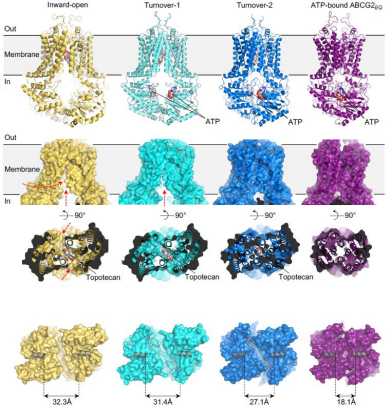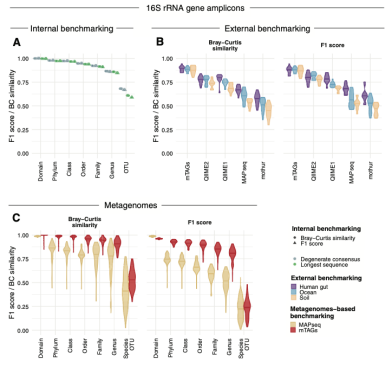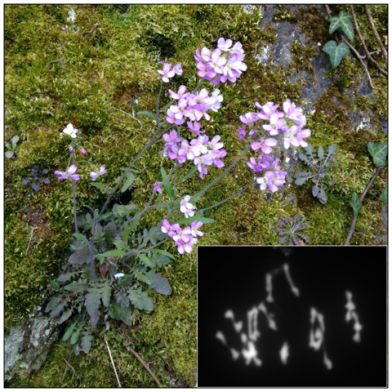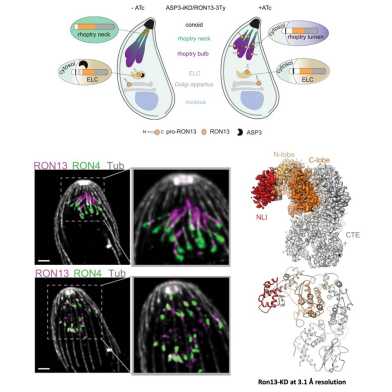07
Structures of ABCG2 under turnover conditions reveal a key step in the drug transport mechanism

A recent “Nature Communications” paper by the Locher group (IMBB, ETH) in collaboration with the Stahlberg group (University of Basel) reports cryoEM structures of ABCG2 under turnover condition, which reveal key conformational changes that are essential for substrate recognition and translocation and suggest how ABCG2 distinguish substrates from inhibitors.
Taxonomic profiling of microbial communities using metagenomic rRNA gene fragments

A new tool named mTAGs, developed by the Sunagawa lab, allows for profiling the taxonomic composition of microbial communities using whole genome DNA shotgun sequencing (i.e., metagenomic) data. The functionality of the tool and some of its advantages compared to previously available methods is described in a recent publication in “Bioinformatics”.
Recombination and chromosome pairing vary with seasonal temperature in nature

A recent "Molecular Ecology" paper by the Bomblies group (IMPB) shows that meiotic recombination rate, as well as abnormal chromosome associations that can lead to aneuploidy, co-vary with temperature across a growing season in wild populations of a tetraploid plant, Arabidopsis arenosa.
microRNA cell-to-cell and vascular movement requires the Arabidopsis EXPORTIN5 ortholog

In a recent EMBO Journal study the Voinnet group (IMBP) identifies the Arabidopsis EXPORTIN5 ortholog as the first component required for both cell-to-cell and long-distance movement of plant microRNAs. This work clarifies a process that, while agronomically important, had remained cryptic so far.
Structural insights into an atypical secretory pathway kinase crucial for Toxoplasma gondii invasion

The recent Nature Communications paper by the groups of Dominique Soldati-Favre (UNIGE), Adrian Hehl (UZH) and Volodymyr Korkhov (IMBB, ETHZ & PSI) describes the structure and function study of RON13, a kinase that controls host cell invasion by Toxoplasma gondii.